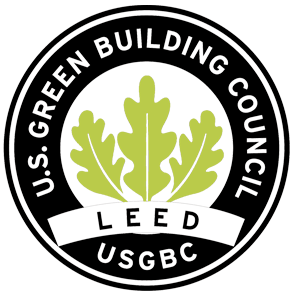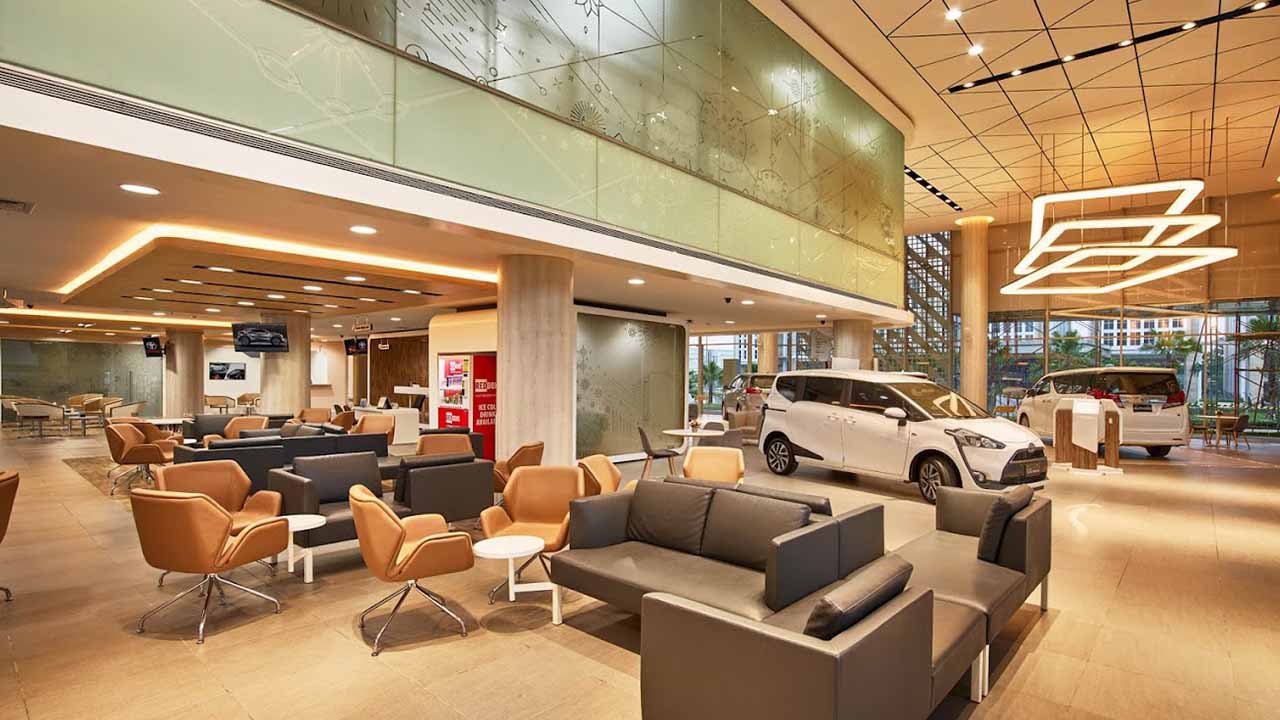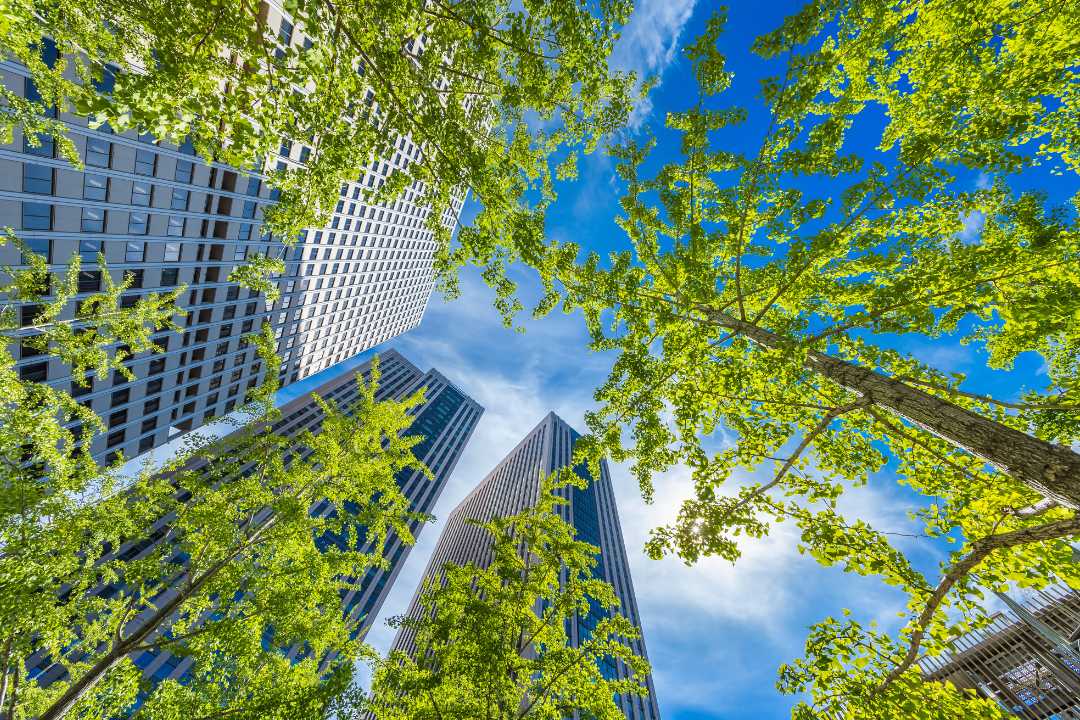LEED
LEED
LEED certification evaluates buildings and projects across several categories, it includes the following categories:
- Integrative Process
- Location and Transportation
- Sustainable Sites
- Water Efficiency
- Energy and Atmosphere
- Materials and Resources
- Indoor Environmental Quality
- Innovation
- Regional Priority Credits
Each category has a specific set of prerequisites and credits that projects must fulfill to earn points. The total number of points determines the level of LEED certification: Certified, Silver, Gold, or Platinum.



